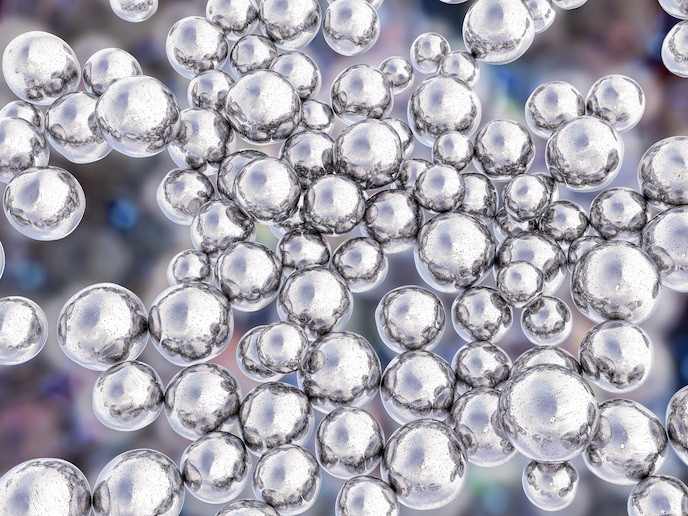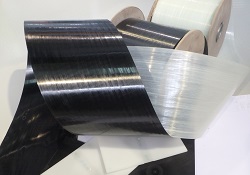Novel hybrid material can be harnessed to detect toxic gases
Many industrial processes produce harmful volatile organic compounds (VOCs) – gases which can have severe negative impacts on human health. Systems that can detect VOCs could have a wide range of uses, from detecting chemical threats, to food quality control and environmental monitoring. One hugely promising development in this arena is the class of metal-organic frameworks (MOFs). MOFs are made from a combination of metals and organic materials. They are porous so gases like VOCs can pass through, be trapped inside and be interacted with in the desired way. MOFs can subsequently be embedded into other structures, to form sensitive and selective detection systems. “The new materials can be used as active layers in easy-to-use sensing devices that warn of the presence of alarming concentrations of toxic volatile compounds,” explains Barbara Ventura, Senior Researcher at the Institute for Organic Syntheses and Photoreactivity(opens in new window) in Bologna, Italy and supervisor of the SmartMOFs project. “The interesting luminescence properties of some of the newly produced materials suggest further application as near-infrared emitters, which could be used in bio-imaging and telecommunications fields,” she adds.
Creating the smart metals
“The innovative approach was based on a multifunctional design of the materials, where a combination of optical and electrical responses was the basis of the sensing function,” says Ventura. The SmartMOFs team first selected and designed the metal and chemical compositions required to create MOFs with the right properties, including absorption and luminescence, electrical conductivity and gas adsorption. “We then moved towards the complete structural, photophysical and electrical characterisation of the newly prepared materials. The most promising compounds were tested for their sensing response towards toxic organic compounds,” Ventura explains. The materials are created with the appropriate optical and electrical signalling capabilities, meaning they can change colour, or luminescence when in the presence of certain compounds. When exposed to a target gaseous compound, the electrical conductivity alters as a signal. “Some of the new materials presented unusual and interesting crystal arrangements,” says Ventura. Two were found to be intensely emissive in the near-infrared region. Others showed an optical response to sodium hydrosulfide, predicting its application for the detection of hydrogen sulfide (a known poisonous gas), and acetic acid.
Collaborative approach
“The grant allowed the development of basic and applied research in an area of great relevance for the scientific community,” Ventura says. The team collaborated with Lucia Maini at the University of Bologna(opens in new window), colleagues from the CNR Research Area of Bologna(opens in new window) and colleagues from the University of Madrid(opens in new window). “The Marie Skłodowska-Curie Actions grant was essential for the training of the postdoc researcher and fellow Khaled Hassanein on the structural, photophysical and electrical characterisation of solid materials, and represented an important step for the development of his career,” Ventura adds. The project results have already been disseminated to several national(opens in new window) and international(opens in new window) events. “We are now completing the preparation and submissions of scientific papers which describe and discuss the outcomes of the project and we look forward to possible applications of the new materials in sensing and optoelectronics,” Ventura says.







